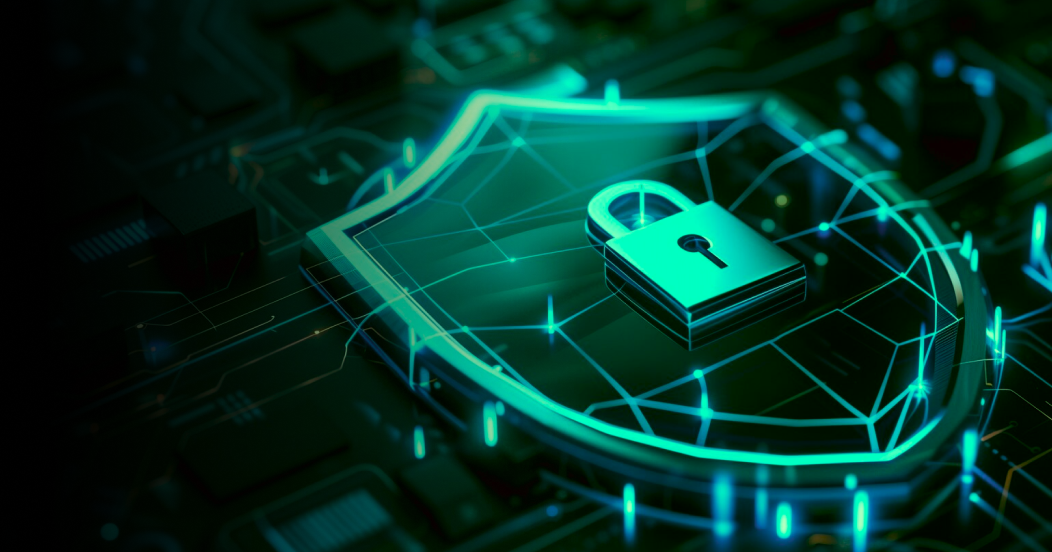CyberMindr CISO Roundtable: CyberMastery 2024


CyberMindr recently hosted an exclusive CISO Roundtable, at the Gherkin, London, bringing together top security leaders and industry experts to discuss the deadliest hacks from 2024 and the strategic shifts needed to enhance business resilience.
The discussion centered around some of the most devastating cyberattacks in recent history, analyzing their impact and extracting key lessons to strengthen business resilience against future threats.
The discussions focused on some of the most pressing cybersecurity challenges today, including AI-driven attacks, ransomware evolution, supply chain risks, and cloud security vulnerabilities. The event served as a platform for security leaders to share insights, exchange best practices, and explore innovative approaches to securing organizations against increasingly sophisticated cyber threats.
As part of the discussions, Sharad Sinha, from Hays shared their views and experiences on how CyberMindr’s automated threat exposure validation is helping organizations strengthen their security posture, detect exploitable risks, and proactively mitigate cyber threats.
The key takeaways from the CISO Roundtable focused on four major challenges organizations must address in 2024 and beyond:
With AI technology advancing rapidly, threat actors are leveraging AI-driven automation to launch sophisticated attacks. The discussion highlighted the increasing risks from:
CISOs emphasized the need for AI-driven security solutions that can detect, predict, and respond to such evolving threats in real time.
Organizations are no longer just securing their own networks; they must assess and monitor the security of their third-party vendors and service providers. The discussion underscored:
CISOs emphasized that supply chain security is now a critical pillar of enterprise risk management.
The conversation around ransomware revealed that cybercriminals are moving beyond traditional encryption-based attacks to double and triple extortion tactics. Key trends discussed included:
Security leaders stressed the need for robust data protection strategies, proactive threat intelligence, and rapid incident response frameworks to counteract these evolving threats.
CISOs also discussed the growing threat of zero-day vulnerabilities, often exploited by nation-state actors for espionage and disruption. These attacks are increasingly targeting:
Proactive vulnerability validation and continuous security monitoring were identified as critical defenses against these unpredictable threats.
With organizations shifting to multi-cloud environments, misconfigurations and insecure APIs have become leading causes of breaches. Key takeaways included:
As businesses embrace digital transformation, cloud security must be a top priority for security teams.
Security leaders at the roundtable discussed key strategies to strengthen cyber resilience, including:
By adopting a forward-thinking cybersecurity approach, organizations can stay ahead of adversaries and enhance business resilience against future threats.
At CyberMindr, we believe in seeing cybersecurity from an attacker’s perspective. Our platform delivers fully automated, threat exposure validation to help organizations identify, validate, and monitor exploitable security gaps.
Several attendees, including Cavan, Gopi, and Nilesh, provided valuable feedback on how CyberMindr is helping security teams improve their defenses through automated, real-world attack path discovery.
As cyber threats continue to evolve, organizations must proactively adapt their security strategies to stay ahead. The roundtable discussion emphasized key strategic shifts that CISOs, CEOs, and security teams should prioritize, including:
With cyber threats becoming more automated, financially motivated, and targeted, organizations that embrace AI-driven security, automation, and real-time threat intelligence will be best positioned to defend against tomorrow’s attacks.
The CyberMindr CISO Roundtable reinforced the urgency for organizations to evolve as quickly as the threats they face. Cybersecurity is no longer just about prevention; it is about continuous validation and adaptation to outpace adversaries.
We extend our gratitude to all the security leaders who contributed to this high-impact discussion. As cyber threats continue to evolve, CyberMindr remains committed to fostering collaboration and innovation in cybersecurity.
Schedule a Demo